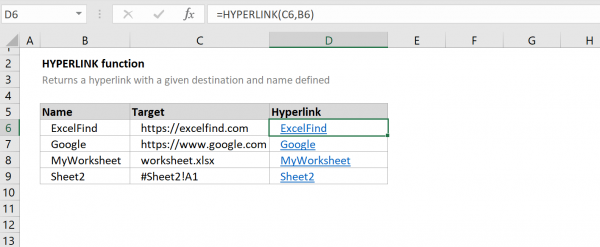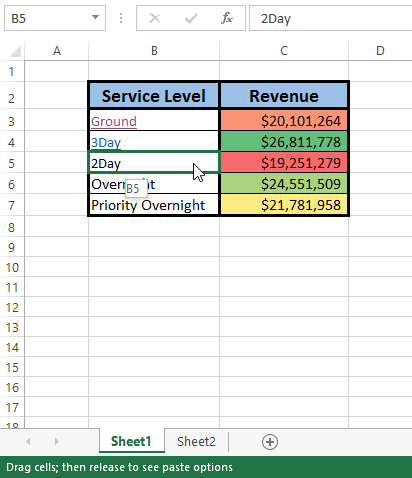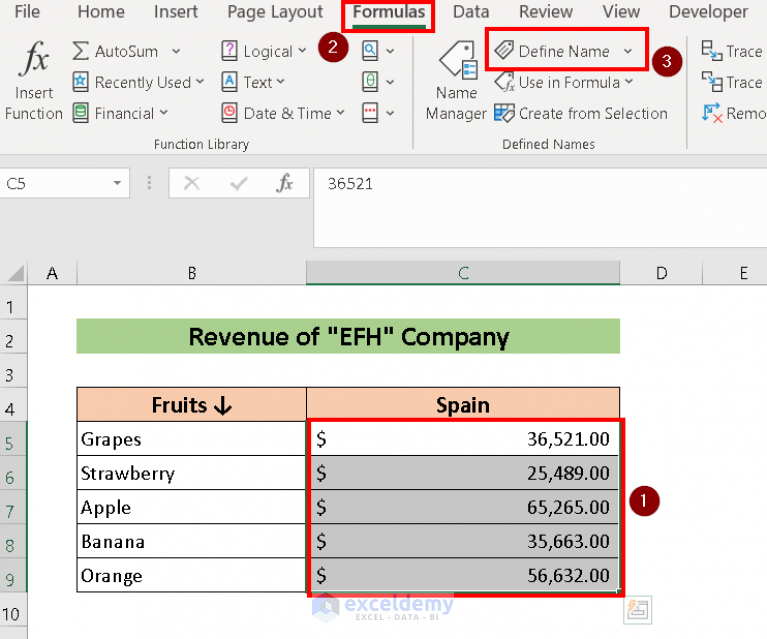Hyperlink Magic: Excel Sheets Simplified

Have you ever found yourself lost in a labyrinth of Excel spreadsheets, trying to connect your data and make it more efficient? Welcome to the world where you can simplify and enhance your Excel experience through the art of hyperlinking. With just a few clicks, you can navigate complex data structures, making your spreadsheets not only more functional but also interactive and user-friendly. This post will guide you through the magical process of using hyperlinks in Excel sheets to transform your data management from mundane to mesmerizing.
Understanding Hyperlinks in Excel

Hyperlinks are not just for web pages. In Excel, a hyperlink can connect one cell to another, link to an external file, or even direct to a website. They help in organizing information, saving time, and making your data more accessible. Here's what you need to know:
- Types of Hyperlinks: You can create links to:
- Another sheet within the same workbook
- Another workbook
- A specific cell or range
- An email address
- A web page
Creating Hyperlinks in Excel

Let's walk through the simple steps to create different types of hyperlinks:
Linking to Another Sheet

- Select the cell where you want to place the hyperlink.
- Go to Insert > Hyperlink or press Ctrl+K.
- In the dialog box, choose Place in This Document.
- Select the sheet and optionally specify a cell range or named range.
- Click OK.
🔗 Note: The text or image you select will become the hyperlink, so ensure it’s descriptive!
Linking to an External Workbook

- With the cell selected, navigate to Insert > Hyperlink.
- Choose Existing File or Web Page and select the workbook from your file system.
- If you want to link to a specific cell or range, append ‘#’ and the cell/range address after the file path.
- Click OK.
📁 Note: If you move the external file, the hyperlink will break unless you update the path.
Linking to a Specific Cell or Range

Linking to a specific cell within the same workbook:
- Use HYPERLINK function:
=HYPERLINK(“#SheetName!A1”,“Go to Cell A1”)
💡 Note: This function allows you to create dynamic links where you can change the destination without altering the hyperlink formula.
Advanced Hyperlink Techniques

Beyond the basics, Excel offers advanced methods to use hyperlinks:
Using Macros for Hyperlink Customization

If you’re familiar with VBA, you can:
- Create interactive menus
- Make hyperlinks context-sensitive
- Generate hyperlinks dynamically based on cell values
Sub AddHyperlink()
Dim ws As Worksheet
Set ws = ThisWorkbook.Sheets("Sheet1")
ws.Hyperlinks.Add Anchor:=ws.Range("B1"), Address:="", SubAddress:="Sheet2!A1", TextToDisplay:="Go to Data"
End Sub
Hyperlinking Table of Contents

To create a table of contents with hyperlinks:
| Step | Description |
|---|---|
| 1 | List all sheets in one sheet. |
| 2 | Use the HYPERLINK function to link each listed sheet name to its respective sheet. |

Hyperlinks to Email Addresses

Create a clickable email address in Excel:
- Select the cell where you want the email link.
- Go to Insert > Hyperlink.
- Select E-mail Address, fill in the email and subject.
- Click OK.
Best Practices for Hyperlinking in Excel

To ensure your hyperlinks work efficiently:
- Use descriptive text for hyperlinks; avoid "Click Here."
- Keep hyperlink paths relative to avoid breaking links when moving files.
- Test hyperlinks to ensure they work as intended.
Now that we've covered creating, customizing, and managing hyperlinks in Excel, here's how you can elevate your data navigation:
The world of Excel is much more manageable when you harness the power of hyperlinks. They are not merely a navigational tool but a means to connect data, enhance user experience, and make complex spreadsheets easier to handle. By incorporating these techniques, you'll find that your workflow becomes more streamlined, and your data more accessible. Remember, the key to mastering Excel is to experiment, practice, and adapt your methods to suit your specific needs.
Can hyperlinks in Excel be used to link to external files?

+
Yes, you can create hyperlinks that link to external files like other workbooks, PDFs, or documents stored on your computer or network.
How do I make hyperlinks in Excel update dynamically?

+
Use the HYPERLINK function combined with cell references or named ranges to create dynamic links that automatically adjust to changes in your spreadsheet.
What if a hyperlink in my Excel sheet stops working?

+
Hyperlinks can break if the target file or location changes. Check the hyperlink’s path or use relative paths to maintain functionality when moving files.



